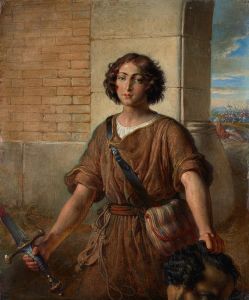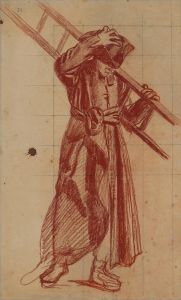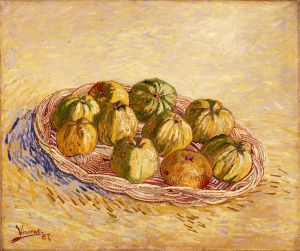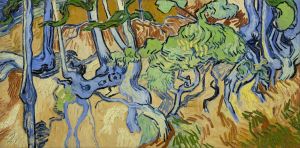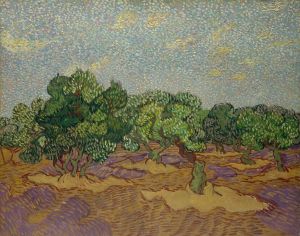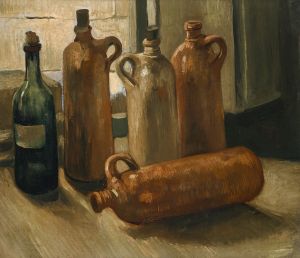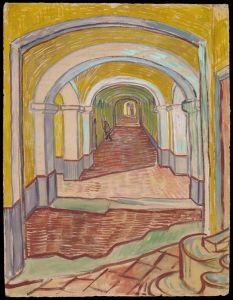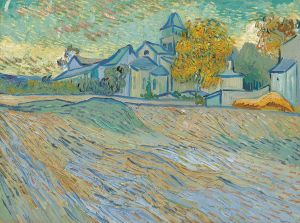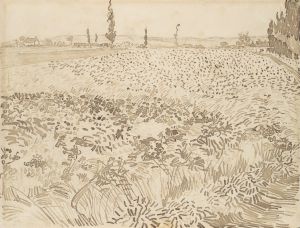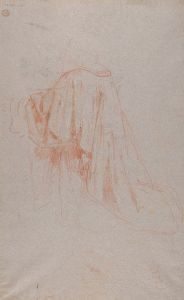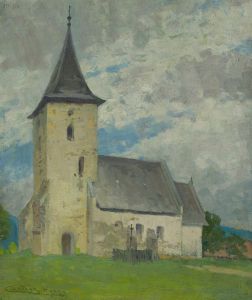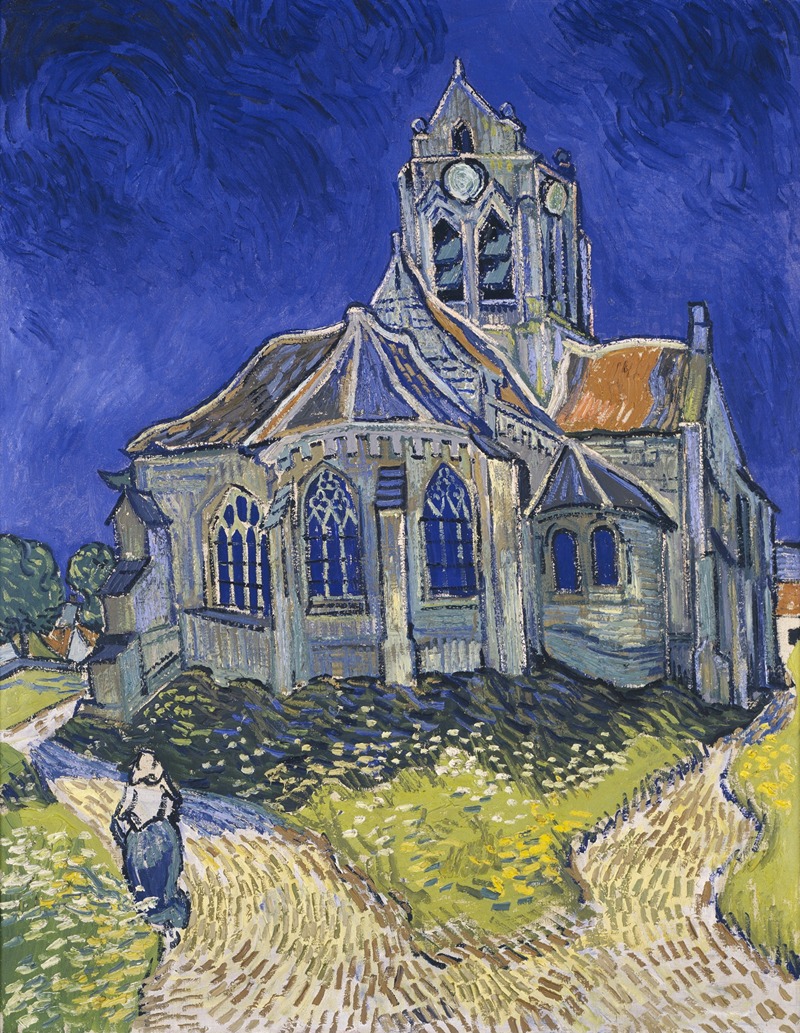
The Church in Auvers-sur-Oise, View from the Chevet
A hand-painted replica of Vincent van Gogh’s masterpiece The Church in Auvers-sur-Oise, View from the Chevet, meticulously crafted by professional artists to capture the true essence of the original. Each piece is created with museum-quality canvas and rare mineral pigments, carefully painted by experienced artists with delicate brushstrokes and rich, layered colors to perfectly recreate the texture of the original artwork. Unlike machine-printed reproductions, this hand-painted version brings the painting to life, infused with the artist’s emotions and skill in every stroke. Whether for personal collection or home decoration, it instantly elevates the artistic atmosphere of any space.
"The Church in Auvers-sur-Oise, View from the Chevet" is an oil painting created by the Dutch post-impressionist artist Vincent van Gogh in June 1890. This artwork is one of the many pieces van Gogh produced during his time in Auvers-sur-Oise, a small town in northern France where he spent the last months of his life. The painting is notable for its vibrant colors, dynamic brushstrokes, and emotional intensity, characteristics that define van Gogh's mature style.
The painting depicts the church of Notre-Dame-de-l'Assomption in Auvers-sur-Oise, viewed from the chevet, or the eastern end of the church where the altar is located. Van Gogh's portrayal of the church is both expressive and somewhat distorted, with the building appearing to tilt and sway, reflecting the artist's unique perspective and emotional state. The structure is rendered in deep blues and purples, contrasting sharply with the bright, almost glowing greens and yellows of the surrounding landscape. This use of color and form creates a sense of movement and energy, drawing the viewer's eye across the canvas.
Van Gogh's time in Auvers-sur-Oise was a prolific period for the artist. He moved to the town in May 1890, seeking a quieter environment after his stay at the Saint-Paul-de-Mausole asylum in Saint-Rémy-de-Provence. In Auvers, he was under the care of Dr. Paul Gachet, a physician who was also an amateur artist and supporter of the Impressionist movement. During this time, van Gogh created around 70 paintings, including some of his most famous works such as "Wheatfield with Crows" and "Portrait of Dr. Gachet."
"The Church in Auvers-sur-Oise, View from the Chevet" is often interpreted as a reflection of van Gogh's inner turmoil and his complex relationship with religion. The church, a symbol of spiritual refuge, appears somewhat foreboding and isolated in the painting, perhaps mirroring van Gogh's feelings of alienation and his struggles with mental illness. Despite these interpretations, van Gogh's letters to his brother Theo do not provide explicit explanations for the symbolism in this particular work, leaving much to the viewer's interpretation.
This painting is currently housed in the Musée d'Orsay in Paris, France, where it is part of a significant collection of van Gogh's works. The Musée d'Orsay is renowned for its extensive collection of Impressionist and Post-Impressionist masterpieces, and van Gogh's paintings are among the highlights of the museum's offerings.
Vincent van Gogh's legacy as an artist is marked by his innovative use of color, expressive brushwork, and profound emotional depth. "The Church in Auvers-sur-Oise, View from the Chevet" exemplifies these qualities and stands as a testament to his enduring influence on the world of art. Despite his struggles and the tragic end of his life in July 1890, van Gogh's work continues to captivate and inspire audiences around the globe.







